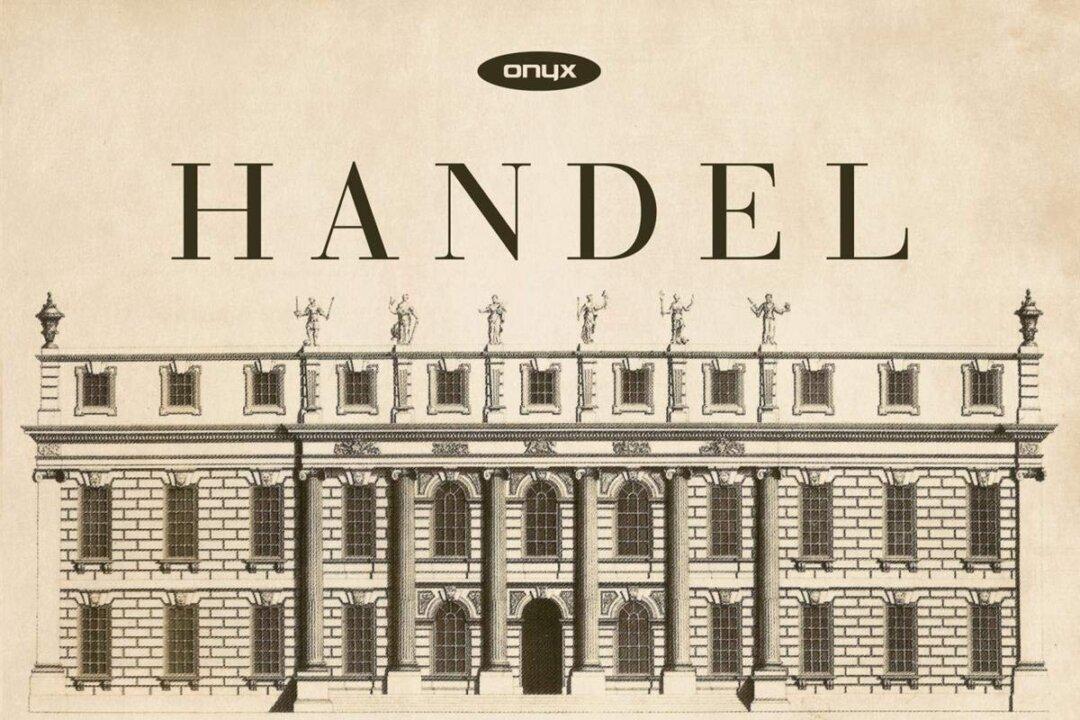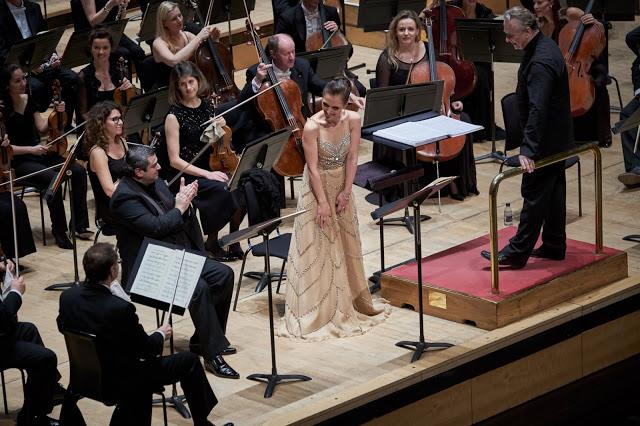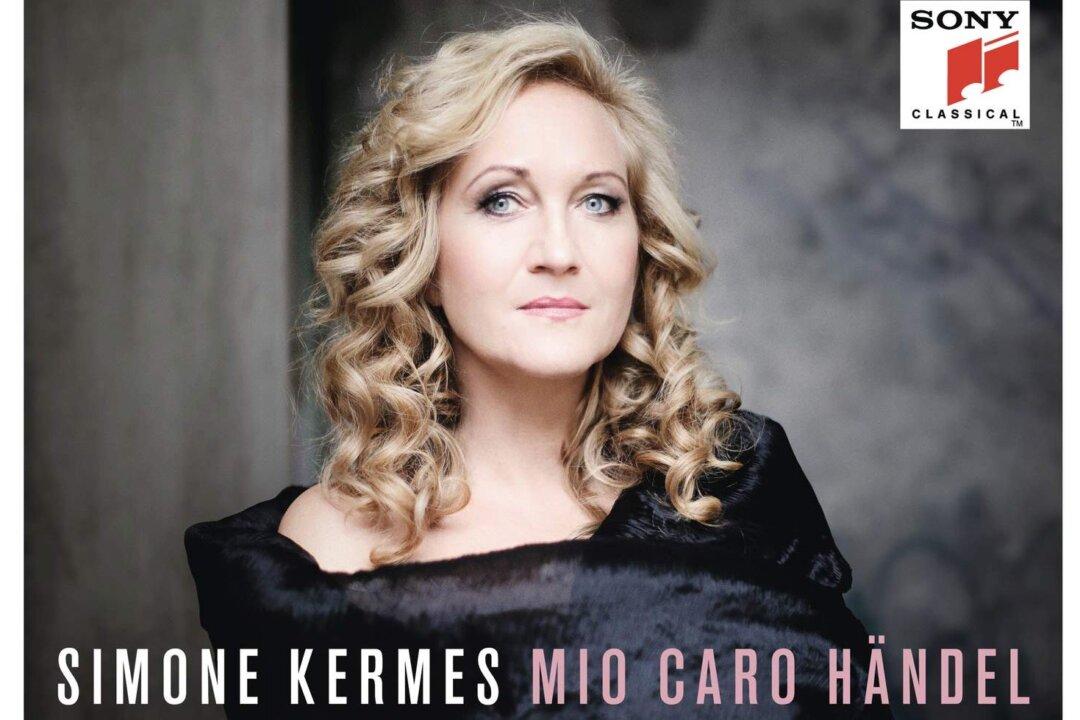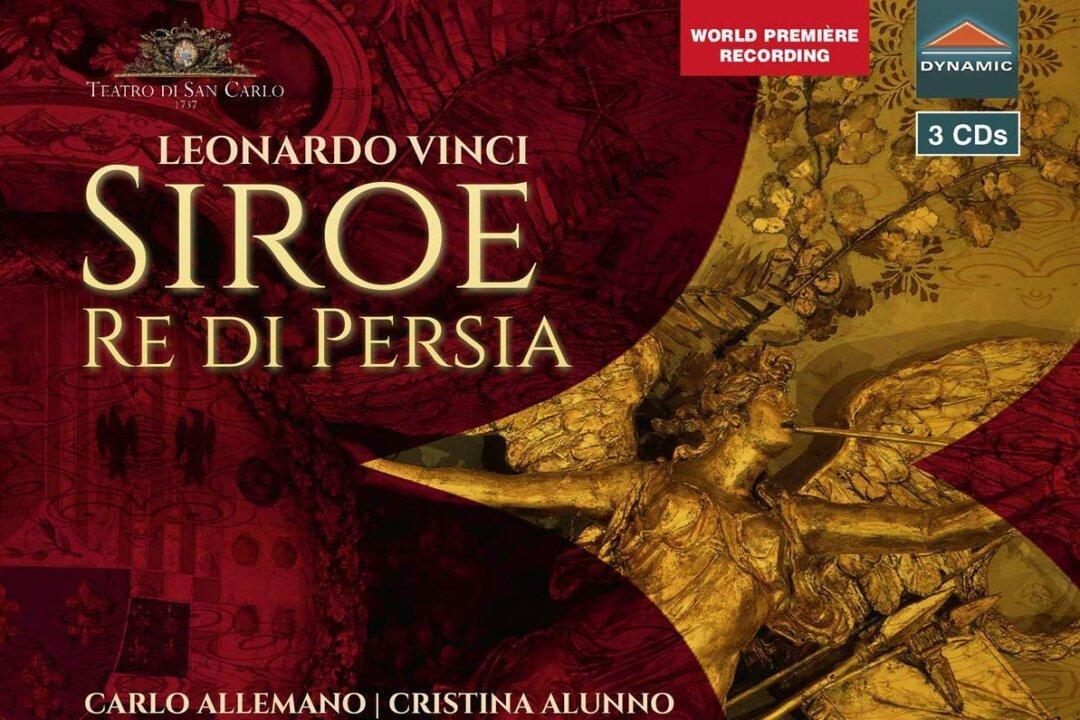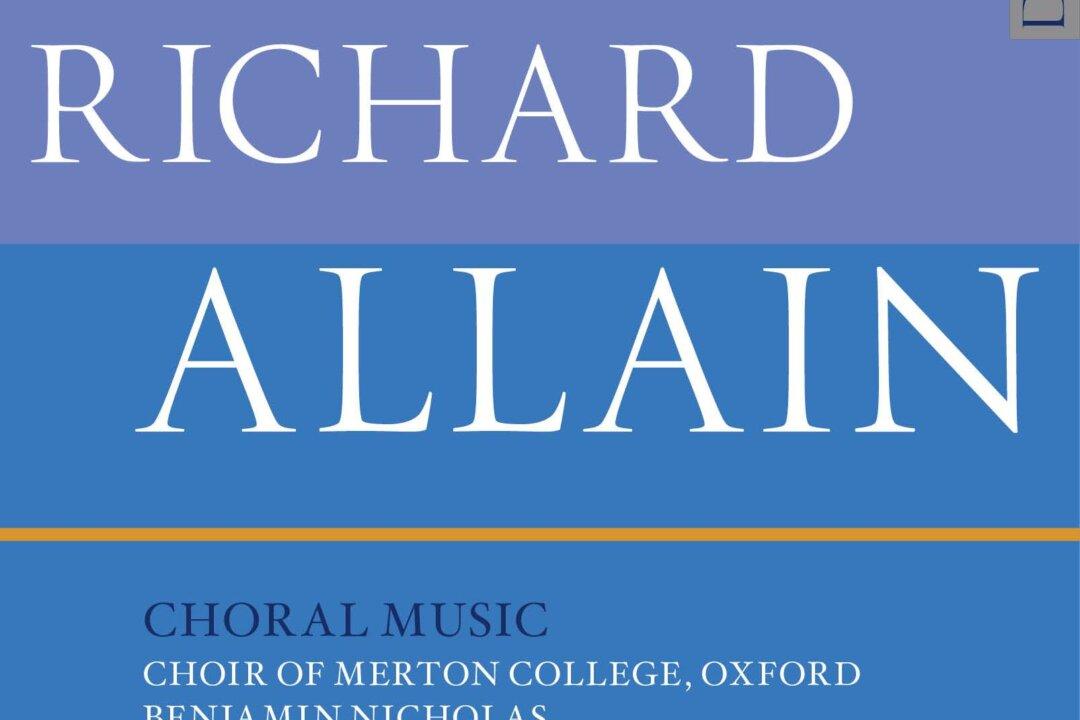Featuring conductor Adrian Butterfield and the London Handel Orchestra, a new Onyx Classics album showcases two of Handel’s sacred pieces—“Chandos Te Deum” and “Chandos Anthem No. 8 (“O come let us sing unto the Lord”)—in vivid re-creations of the original performance style. The pieces, written for the Duke of Chandos, were recorded in the very location where they were first performed: at the church of St. Lawrence.
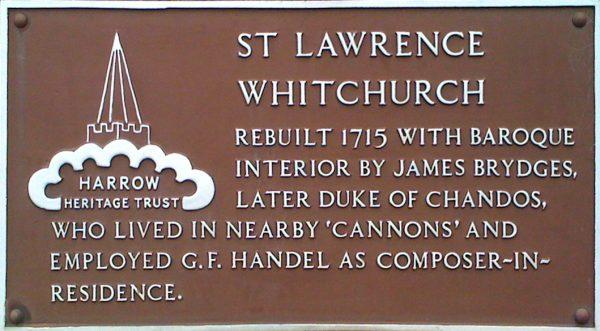
A plaque at St. Lawrence church, Little Stanmore in Middlesex in the greater London area. CC BY-SA 3.0

